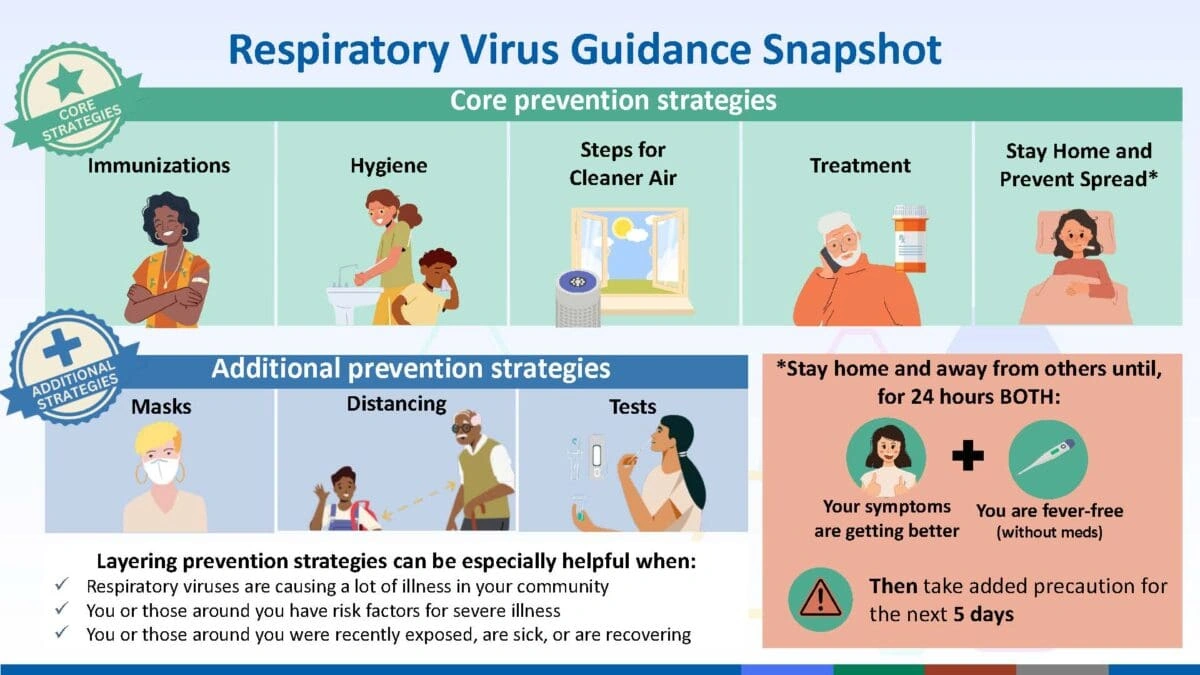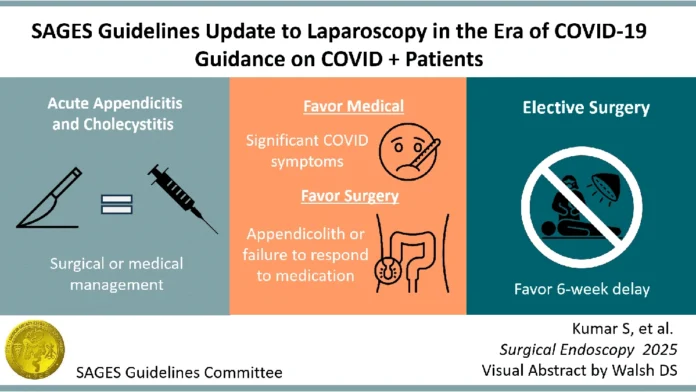Okay, let’s be real. Just when you think you’ve got the hang of things, BAM! Something changes. And that’s exactly what’s happening with the updated COVID guidelines in the US. It’s not just a minor tweak; it’s causing major confusion, especially for folks who diligently rolled up their sleeves and got vaccinated. What gives?
I initially thought, “Oh, it’s just another update, no biggie.” But the more I dug in, the more I realized this isn’t a simple tweak. This is a shift that’s leaving many vaccinated Americans scratching their heads, wondering if their post-vaccination freedom pass has suddenly expired. So, let’s break down the ‘why’ behind the confusion and what it actually means for you.
Why the Guidelines are Changing (Again!)

Here’s the thing: the pandemic is a moving target. Remember when we thought wiping down groceries was the key? Science evolves, data changes, and so must our strategies. The primary driver behind the evolving recommendations is the emergence of new variants, particularly the Delta variant, which is far more transmissible, even among vaccinated individuals. The CDC is trying to balance the need to protect the unvaccinated (who remain most vulnerable) with the desire to maintain some semblance of normalcy for the vaccinated.
But, and this is a big “but,” communication hasn’t been crystal clear. One day you’re told masks are off if you’re vaccinated; the next, you’re hearing about breakthrough cases and renewed mask mandates in certain areas. This flip-flopping erodes trust and breeds uncertainty. People are left wondering: “Did I get vaccinated for nothing?” No, you didn’t! Vaccination still offers significant protection against severe illness, hospitalization, and death. It’s just that the risk calculation has become a bit more complicated.
Decoding the Mixed Messages on Vaccine Efficacy
Let’s be honest, the narrative around vaccine efficacy has become muddied. You see headlines about breakthrough infections, and it’s easy to feel like the vaccines aren’t working. But here’s what’s not always emphasized: vaccines are incredibly effective at preventing serious outcomes. Breakthrough infections are usually mild or asymptomatic. Think of it like this: a raincoat isn’t perfect – you might still get a little damp in a downpour – but it’s a heck of a lot better than nothing.
The problem is, the media often focuses on the negative headlines, which fuels anxiety. A common mistake I see people make is to equate any infection with a failure of the vaccine. That’s simply not true. The vaccines are doing their job by preventing the worst-case scenarios. It is important to understand the latest public health advice to protect ourselves and others.
And, what fascinates me is that the goalposts keep shifting. Early on, the focus was on preventing any infection. Now, it’s more about preventing severe disease. This change in focus, while scientifically justified, requires clear and consistent communication, which, let’s face it, has been lacking.
How to Navigate the Updated Guidelines in Your Daily Life
Okay, so what does all this mean for your day-to-day life in India, especially if you’re planning a trip to the US or have family there? First, stay informed. Don’t rely solely on social media or news headlines. Go directly to the source: the CDC website for the most up-to-date guidance. I initially thought this was straightforward, but then I realized how overwhelming the sheer volume of information can be.
Second, understand that guidelines can vary by location. What’s true in one state or city might not be true in another. Pay attention to local health advisories. Third, be prepared to mask up in certain situations, even if you’re vaccinated. This is particularly important in crowded indoor settings or areas with high transmission rates. Consider wearing an N95 mask for optimal protection. Fourth, get tested if you have any symptoms, even if they’re mild. Early detection can help prevent further spread.
And remember, the situation is fluid. Guidelines can change again as new data emerges. Be flexible, adaptable, and patient. It’s frustrating, I know, but we’re all in this together. Check out connections hint for more news. The latest on Typhoon Halong is available, too.
The Psychological Toll of Uncertainty
Let’s be honest, this constant state of flux takes a toll on our mental health. The anxiety and uncertainty can be exhausting. It’s important to acknowledge these feelings and take steps to manage them. Limit your exposure to news and social media if it’s making you feel overwhelmed. Focus on what you can control: getting vaccinated, wearing a mask, practicing social distancing, and taking care of your physical and mental health. Reach out to friends and family for support.
What fascinates me is how much our perception of risk has changed over the past year. Early on, any risk felt unacceptable. Now, we’re learning to live with a certain level of risk. This requires a shift in mindset, from aiming for absolute safety to managing risk in a responsible and informed way.
Moving Forward | Finding Clarity Amidst the Confusion
So, where do we go from here? The key is clear, consistent, and transparent communication from public health officials. They need to explain the ‘why’ behind the changing guidelines, address concerns and anxieties, and provide practical guidance for navigating daily life. We also need to be critical consumers of information, seeking out reliable sources and avoiding sensationalized headlines. Vaccination mandates for certain activities or professions may become more common.
The situation isn’t perfect, but it’s also not hopeless. We have powerful tools at our disposal: vaccines, masks, testing, and a growing understanding of the virus. By staying informed, being adaptable, and supporting each other, we can navigate this challenging period with resilience and hope. Remember, protecting yourself is crucial, including finding a local testing site if you have symptoms.
FAQ | Navigating the New Normal
What if I’m fully vaccinated? Do I still need to wear a mask?
It depends. The CDC recommends that fully vaccinated people wear masks in public indoor settings in areas of substantial or high transmission. Check local guidelines too.
Can I still get COVID-19 if I’m vaccinated?
Yes, but it’s less likely, and if you do, it’s usually milder.
Are booster shots recommended for everyone?
Booster shots are now available for eligible individuals. Check the latest CDC guidance for details.
How do I find a local vaccination site ?
Check with your local health department or use the vaccines.gov website.
What are the symptoms of the Delta variant?
Similar to other variants: fever, cough, fatigue, headache, etc.
Should I still get tested regularly?
If you have symptoms, yes. Otherwise, follow local guidance. The increased need for access to testing has resulted in easier options to find a location.
Let me rephrase that for clarity… this isn’t about going back to square one. It’s about adapting to a new phase of the pandemic, one that requires us to be more informed, more cautious, and more compassionate. And honestly, if there’s one thing I’ve learned, it’s that humans are remarkably resilient. We’ll figure this out, together. Keep in mind the importance of maintaining social distance from others to help prevent the spread.




